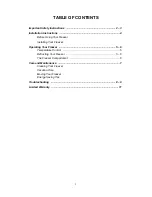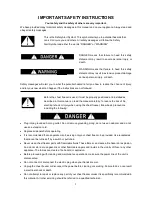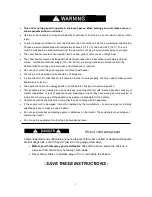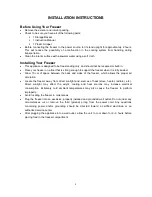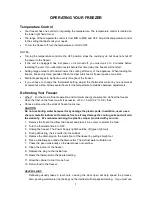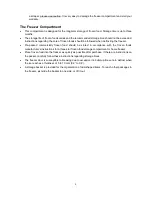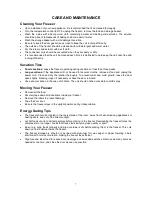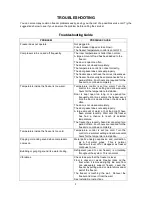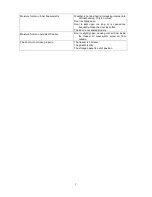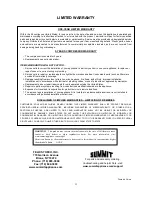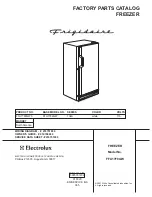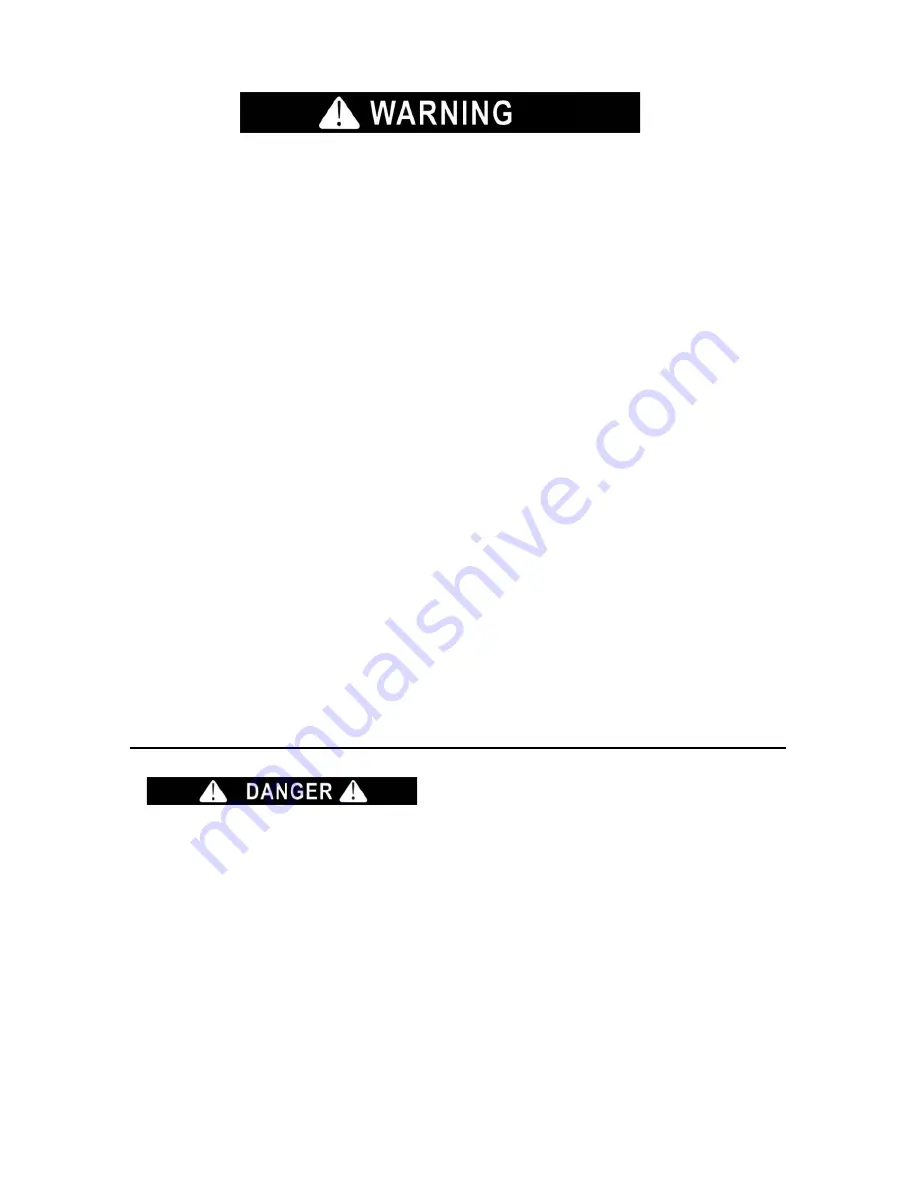
3
•
This unit is not designed to operate in enclosed spaces. When placing your unit, make sure you
allow adequate airflow on all sides.
•
Use two or more people to move and install the chest freezer. Failure to do so can result in back or other
injury.
•
To ensure proper ventilation for your chest freezer, the front of the unit must be completely unobstructed.
Choose a well-ventilated area with temperatures above 55
°
F (13
°
C) and below 90
°
F (32
°
C). This unit
must be installed in an area protected from the elements, such as wind, rain, water spray or sunlight.
•
The chest freezer should not be located next to ovens, grills or other sources of high heat.
•
The chest freezer must be installed with all electrical connections in accordance with state and local
codes. A standard electrical supply (115V AC, 60 Hz), properly grounded in accordance with the
National Electrical Code and local codes and ordinances, is required.
•
Do not kink or pinch the power supply cord of the chest freezer.
•
The fuse (or circuit breaker) size should be 15 amperes.
•
It is important for the chest freezer to be leveled in order to work properly. You may need to make several
adjustments to level it.
•
The appliance has to be unplugged after use and before carrying out user maintenance.
•
This appliance is not intended for use by persons (including children) with reduced physical, sensory or
mental capabilities, or lack of experience and knowledge, unless they have been given supervision or
instruction concerning use of the appliance by a person responsible for their safety.
•
Children should be supervised to ensure that they do not play with the appliance.
•
If the supply cord is damaged, it must be replaced by the manufacturer, its service agent or similarly
qualified persons in order to avoid a hazard.
•
Do not use solvent-based cleaning agents or abrasives on the interior. These cleaners may damage or
discolor the interior.
•
Do not use this apparatus for other than its intended purpose.
Risk of child entrapment
Child entrapment and suffocation are not problems of the past. Junked or abandoned freezers
are still dangerous, even if they will “just sit in the garage a few days.”
•
Before you throw away your old freezer:
Take off the doors. Leave the shelves in
place so that children may not easily climb inside.
•
Never allow children to operate, play with, or crawl inside the freezer.
- SAVE THESE INSTRUCTIONS -
Summary of Contents for CF07L
Page 11: ...10 NOTES...


